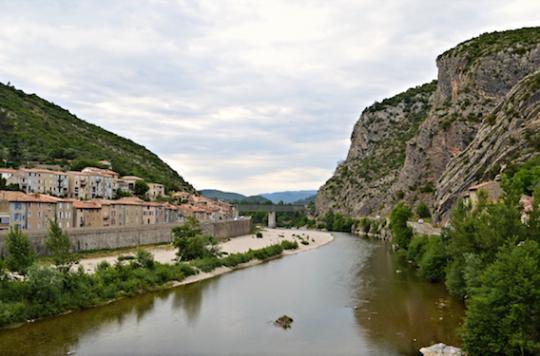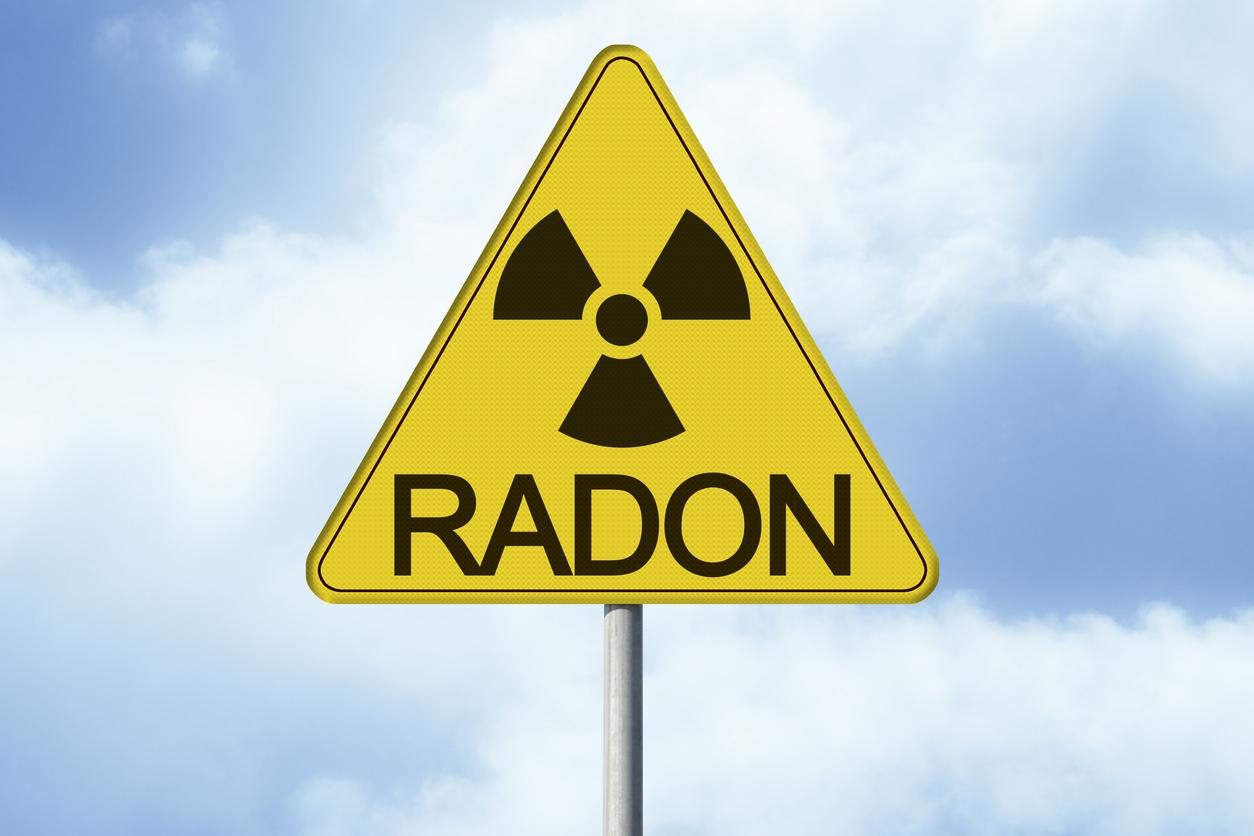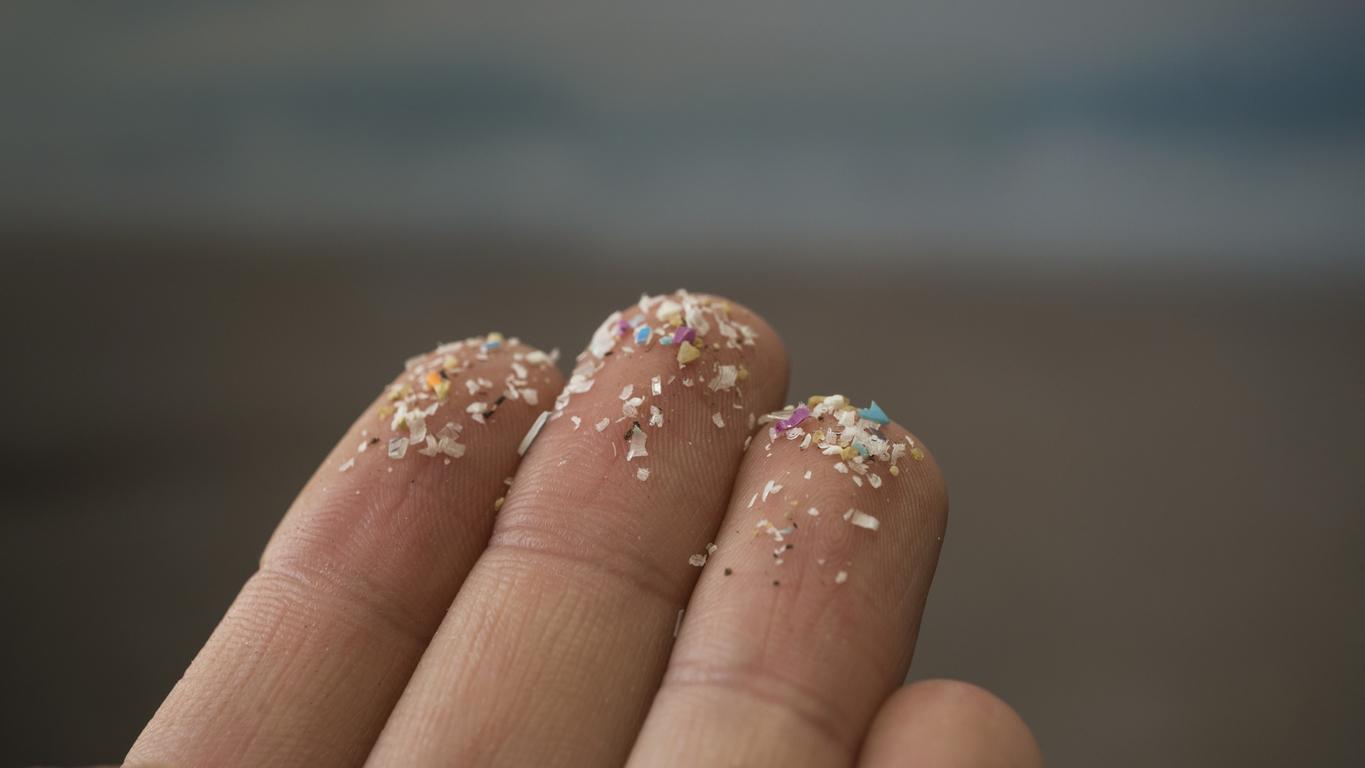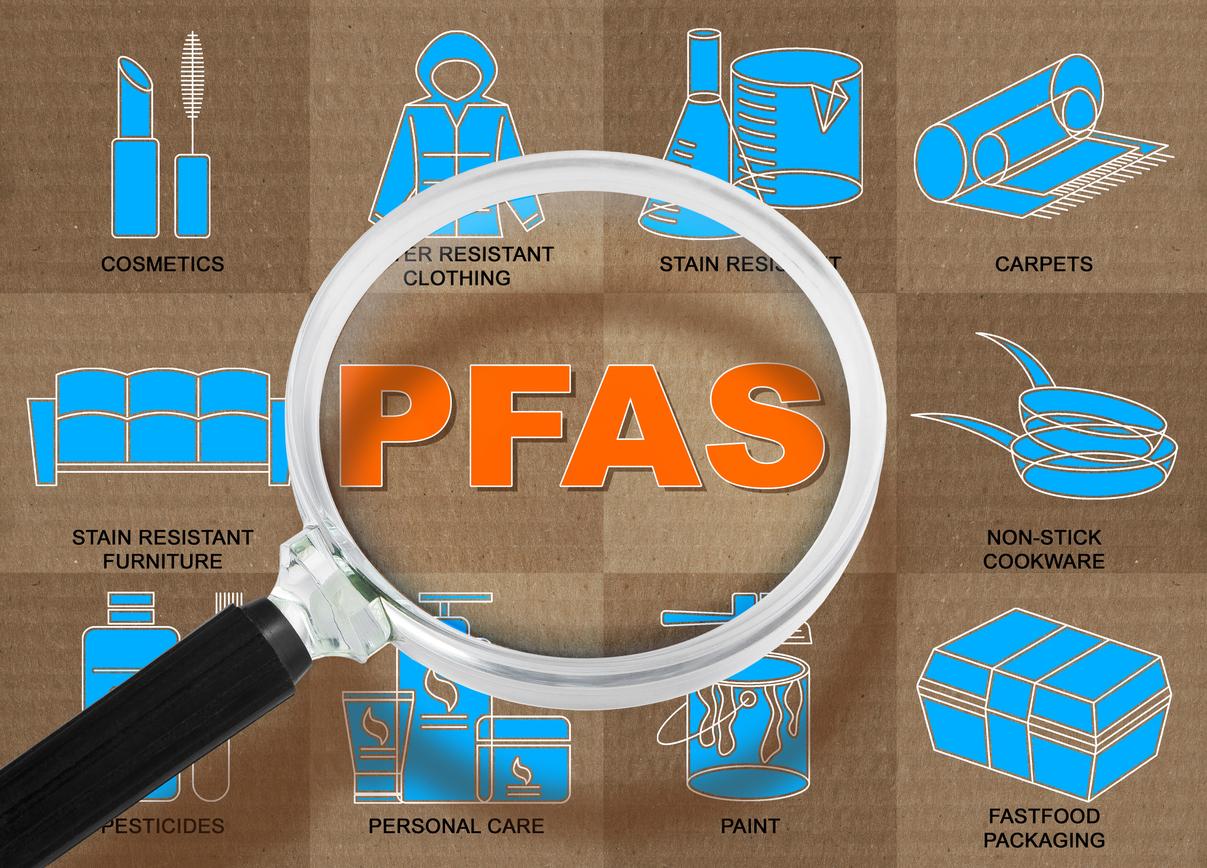REPORT – In the Cévennes, the inhabitants of several towns located near former mining sites have worrying levels of heavy metals in the body.

Emilie caresses her round belly nervously. In a few weeks, her daughter will be born on land contaminated with lead, zinc, arsenic, cadmium… “If only we had known before buying our land… But the deed of sale said nothing. We didn’t even know that there were mines in Tornac, ”sighs the young mother.
Infected children
Emilie and Julien settled three years ago in this small town in the Cévennes, planted in the middle of a setting of rock and breathtaking greenery. They were looking for a peaceful place to live to raise their two children, four and five years old, as well as the third who is preparing. The area is one of the protected sites: it is classified Natura 2000. A little corner of paradise, they thought.
It was a phone call that made them disillusioned. That of the ARS (Regional Health Agency), came to reveal to them, in February, the results of the screening organized in five municipalities in the region, when the affair broke out. In the body of their children: levels of lead and arsenic “clearly above average”. “We can’t stay here, we have to go,” they let go, their features broken with worry. The day before, they discovered a mine again, “just above the house”.
Like this young couple, around thirty inhabitants of Saint-Félix-de-Pallières, Tornac, Thoiras, Générargues and Saint-Sébastien-d’Aigrefeuille have decided to file a complaint against X for “endangering the lives of others , unintentional injuries and water pollution ”. All of them have abnormal levels of heavy metals in the blood and urine. The land they inhabit is potentially polluted by the residues of the multiple mines dug in the Cévennes belt for a century, with multiple sources of exposure: land, water, air. “Last year, we ate fifteen kilos of tomatoes grown in our garden,” recalls Julien. Is this what could have contaminated the children? We want to know, we want to understand ”.
Emilie and Julien, inhabitants of Tornac: “There were plenty of wild mines, we don’t know where they stored the products … And the children, who put the earth in their mouths …”
100 years of wild extraction
Understand what ? That the manufacturer, Umicore, left behind its three million tonnes of waste, without taking any decontamination measures after its departure in 1971? That the State did not launch an investigation before 2004 in order to assess the health risks for the populations living near the sites? Or again, that the administration concealed the results of this first study, which raised minimal risks and already so worrying? The town halls were only made aware of this scientific work in 2008. Two have since filed a complaint against the State. The population received recommendations to limit the risk of impregnation in 2014.
In Saint-Félix and in the surrounding towns, bitter stories multiply. That of Manuel Gomez, whose house is located a few hundred meters from the Joseph mine, closed in 1955. The sediments have blackened the soil in his garden; he has a skin disease. Not far away, there is Michel Bourgeat, who began to have suspicions when he saw his donkeys and his dogs die before they were old. Later, it was his wife who died of breast cancer after suffering a stroke. Living in downtown Anduze, Marianne Plus remembers regularly taking her children to bathe in the Oururn – she even baptized them in the river. “My son had cancer. We can’t help but ask questions ”.
Of all the heavy metals, lead is the most scary. This powerful neurotoxicant is stored in the bones and primarily threatens children, especially those exposed in utero. And even if the exposure ceases, even if the levels become undetectable in the blood again, it can be released in the body with the first fracture. “We have heard a lot, stories where people develop neurological problems after breaking a bone,” reports Maxime Laporte, who was having fun, as a kid, climbing on the sediment piles in Saint-Félix.
Maxime Laporte, inhabitant of Anduze: ” We don’t die right away, we die at 55. To degrade so quickly, it is here that I have seen that! “
“Same lies” as the asbestos file
This February 25, they met in the communal room next to the town hall of Saint-Félix-de-Pallières. In front of them, Marie-Odile Bertella-Geffroy, former investigating judge at the Public Health department of the Tribunal de Grande Instance of Paris. This is her first case as a lawyer. She sees many parallels with that of asbestos, which she has studied. “The same silence from the administration, the same cover-ups from the industrialists. With this procedure, we will go back in time, relieve responsibilities ”. She explains that compensation is possible before the end of a possible trial, with an otherwise uncertain outcome.
Of course, the link between the rates of impregnation, the pathologies observed and exposure to pollutants is not proven – as is often the case in this type of case. Doctors in the affected communities sometimes had a flea in their ears. “But we have very little training on this issue,” explains François Simon, retired doctor from Saint-Félix-de-Pallières. It was at the end of the year that I was able to draw a probable link between renal insufficiency, hypertension, and the professional past of my patients, especially minors. “
Francois Simon, retired doctor, resident of Saint-Félix-de-Pallières: ” I hadn’t thought about it – even occupational medicine didn’t follow them for that. Even today, there is no blood lead level measurement in the employees of the Thoiras quarry, which is like an open-pit mine. “
An obsolete screening?
The ARS remains on its guard and specifies that this link must still be the subject of further investigations. Medical monitoring will be set up, but the question of a larger epidemiological-type study, carried out by its services and by national health agencies, does not yet seem to arise.
The ARS, which has held a very ambiguous position from the start. As is, moreover, the late screening that it set up, and which does not seem to have followed the standard protocol of biomonitoring (search for biological markers of pollutants in the body). The latter would have required a collection of urine in a care structure, strictly supervised by professionals. Indeed, the urine of the morning being more concentrated than that of the afternoon, several samples should have been taken. In addition, it would have been necessary to ensure the good owner of the urine. Nothing like this was offered to the population, who were invited to hand in their urine samples themselves. “We can consider that all the results of the study are to be invalidated”, judges the toxicologist Jean-François Narbonne, who followed the file closely and carried out numerous biomonitoring around the world. When contacted, the ARS did not respond to our calls.
No evidence, therefore, of a link between the surrounding pollution and the levels of lead, cadmium and arsenic recorded in many people screened, sometimes in quantities six, seven, eight times higher than the standards. Anduze, a showcase city for local tourism, was not included in the screening, nor in the area considered to be polluted – although the route is the subject of controversy and a risk has been raised in several toxicological reports. “I especially believe that there are people who want to take advantage of the situation to be compensated”, estimates the mayor of the city, Bonifacio Iglesias, who does not “deny the risk in Anduze, but that it is proven to me. ! “.
Bonifacio Iglesias, Mayor of Anduze: ” I want to know too, but I’m not going to war with the state and Umicore. People knew they were buying polluted land. “
Stuck
The local economy, which is largely based on tourism, has already started to suffer from this health scandal. It is also the fear of many inhabitants, professionals and elected officials of the region, who would prefer less noise around this affair. According to the mayor of Anduze, a group of twelve tourists canceled their trip, and several real estate sales promises were withdrawn.
In the affected municipalities, house prices have fallen. The inhabitants who would like to sell to settle elsewhere find themselves stuck. Those who are no longer of the age for great departures have resigned themselves; the others wonder, like Emilie. “Sell, but to whom?” To a family who will be poisoned here, in our place? “
Decontamination, risk reduction… what solutions?
Beyond the truth and a possible compensation, the residents hope to obtain the decontamination of the sites. An unlikely project, judging by its cost – hundreds of millions of euros. In Saint-Félix, 2000 hectares are saturated with heavy metals. Laying geomembranes to make the soil watertight seems more feasible, as does the installation of retention basins on several floors to collect the residues that pollute the watercourses.
Easier to undertake, risk reduction measures exist, mentioned by local actors. The first would consist of installing signs warning about pollution, especially along tourist routes. In some areas, a ban on picking mushrooms, which absorb all heavy metals, and hunting the many wild boars that roam the sites would limit the risks. Motocross competitions offered by tourism companies seem particularly inappropriate, they which raise clouds of toxic dust.
Another thorny question concerns the presence of a community of “teufers”, living on the floor of the Saint-Félix mine, owner of 32 hectares bought back from Umicore for a pittance. Each year, the rave that they organize bring together thousands of revelers for several days, who trample the polluted lands. These events increase the risk of particle diffusion and toxic fire. A health logic would require to cease any activity worsening the situation. However, these teufers are also victims contaminated by chemicals, and are entitled to compensation like the other people affected, as well as a safe place to live in which to continue the organization of these festive gatherings.
Read more of the survey:
>> Mining pollution: when water spits out its arsenic
>> Industrial pollution: thousands of contaminated sites in France
In the Cévennes, a century of mining activity has irreparably polluted ground and surface water. Our report on this long-buried health scandal bit.ly/1p8rJja
Posted by Why doctor on Sunday March 6, 2016
.

















